The EKIP "Flying Saucer" Soviet Union/Russia Project
The EKIP concept was developed by Professor Lev Nikolayevich Schukin (Russian: Лев Николаевич Щукин), an engineer trained in aircraft engine development who also worked for the NPO Energia rocket design corporation and participated in the Soviet portion of the Apollo–Soyuz Test Project in 1975, the first US-Soviet space linkup. In 1978, the EKIP concept was first proposed to Soviet military authorities, and in 1979, Schukin founded the EKIP NPP (scientific-production enterprise), which was based in Podlipki (Korolev). In 1980, the EKIP project initiated laboratory studies and engineering work. The first bench test on a small-scale model was conducted in 1982 at the top-secret Geodesia research institute in Krasnoarmeysk, Moscow Oblast. Major work on the still top-secret project began in 1987, and flight tests of the first scale model began in 1990–1991. This first radio-controlled flown aircraft was called the L-1 model, and it had a T-tail empennage. Initially the flights took place at the Sokol Aircraft Plant, which was known for producing MiG fighter aircraft. After radio-control problems caused the scale model to crash during a flight in snowy conditions, the Nizhny Novgorod manufacturing plant banned further EKIP test flights. Scale model testing was then moved in April 1990 to the Saratov Aviation Plant, where Yakovlev aircraft were manufactured. In 1992, another small, unmanned model crashed from a height of 40 m (130 ft), but it later flew successfully after repairs and ballast adjustment. That year, the EKIP Aviation Concern (EKIP AK) was founded by the EKIP NPP, Saratov Aviation Plant, and the Triumph NPP.
The concept made its public debut in 1992 at the Mosaeroshou (the predecessor to the MAKS air show), and it appeared at other exhibitions over the next two years, including the 1993 Paris Air Show. At the MAKS air show in September 1993, Schukin described three versions being developed: an 8-metric-ton (18,000 lb), single-deck, 20-seat model; a 35-metric-ton (77,000 lb) model using Ivchenko Progress engines from Ukraine and a Saturn engine to generate the air cushion; and a 120-metric-ton (260,000 lb), triple-deck model containing two passenger decks and one freight deck. Two 2.7 m (8.9 ft) span, L-2 models were successfully flown by remote control in the middle of that year.
In 1994, reports about the EKIP began to appear in Western media, and the L3 model (which could carry 400 passengers or 40 tonnes of cargo) had earned provisional orders for 1,500 aircraft from the North Siberian Development Board, a Russian food distribution agency. At this time, the Saratov Aviation Plant was building an unmanned, 15 m (49 ft) span L2-3 model for flight testing. The all-metal L2-3 model would be powered by two Saturn/Lyulka AL-34 engines, which generate an air cushion for takeoff and landing and power the boundary layer control system.
-
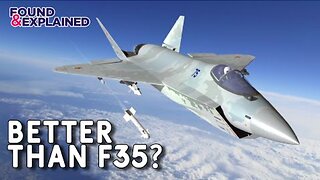 16:06
16:06
Military Technologies, Innovations & Future Weapons
1 year agoSu-75 Checkmate - Russia's INSANE New Fighter Jet! - Better than the F-35? MilTec
8591 -
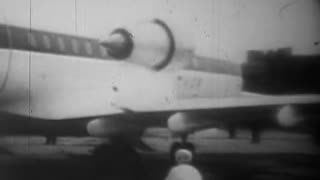 44:33
44:33
The Memory Hole
4 months agoCIA Archives: Air Show - Supersonic Passenger Jet, Russian Space Station (1971)
6921 -
 12:00
12:00
ShieldWall Defense
1 year agoHow impactful the SU-57 would be on the battlefield? #Russia #SU57 #fighterjet
87 -
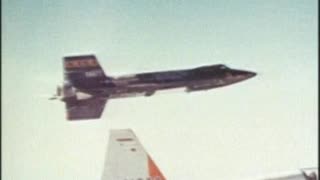 45:19
45:19
War Documentaries
1 year agoHistory Undercover Secret Aircraft of WWII 3 of 4: Secret Russian Aircraft
29 -
 0:14
0:14
Fazilov
1 year agoRussian aircraft
6 -
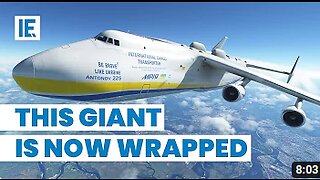 8:02
8:02
Interesting Engineering 21
1 year agoThe World's Largest Plane: Exploring the Legacy of Ukraine's Antonov An-225
8 -
 13:26
13:26
WorldWar3News
9 months agoSoviet Flying Aircraft Carriers Were Ingenious
110 -
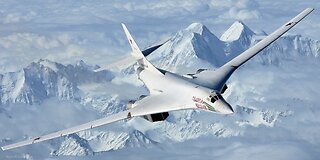 10:10
10:10
Petawawa19
1 year agoModernized TU - 160M "White Swan". (NATO designation Blackjack). Part of the Russian nuclear triad
289 -
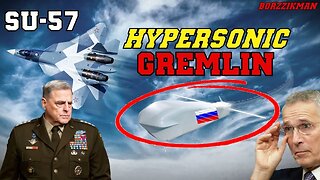 3:52
3:52
TheWarAgainstYou
1 year agoRussia's New Gremlin Hypersonic Missile and 5th Generation Jet Fighter the SU-57
6702 -
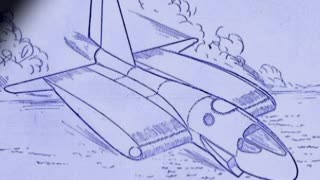 44:55
44:55
Mastro72
10 months agoSecret Russian Aircraft of World War II
16